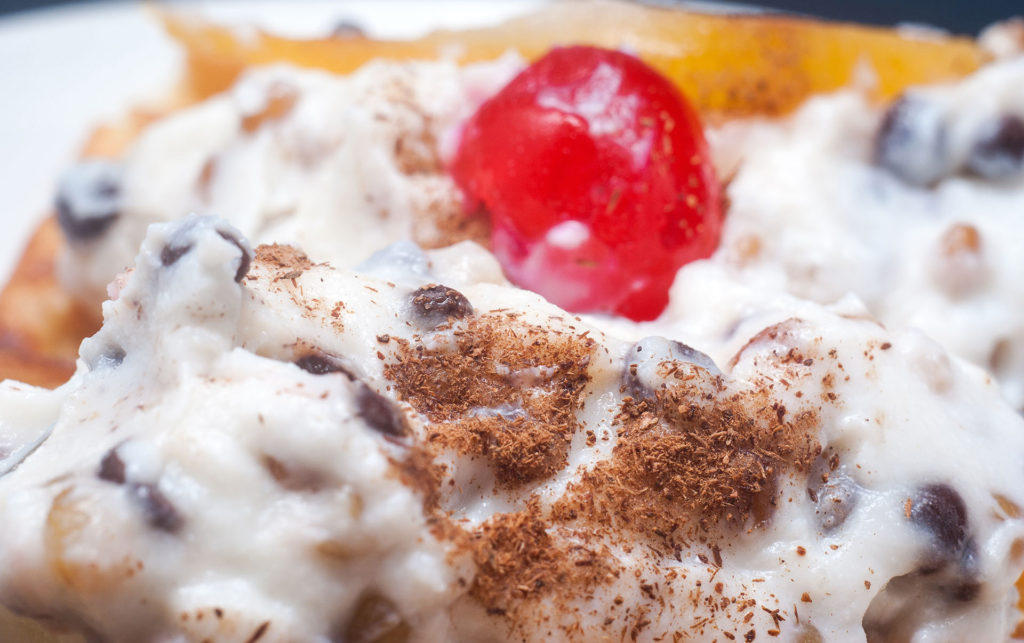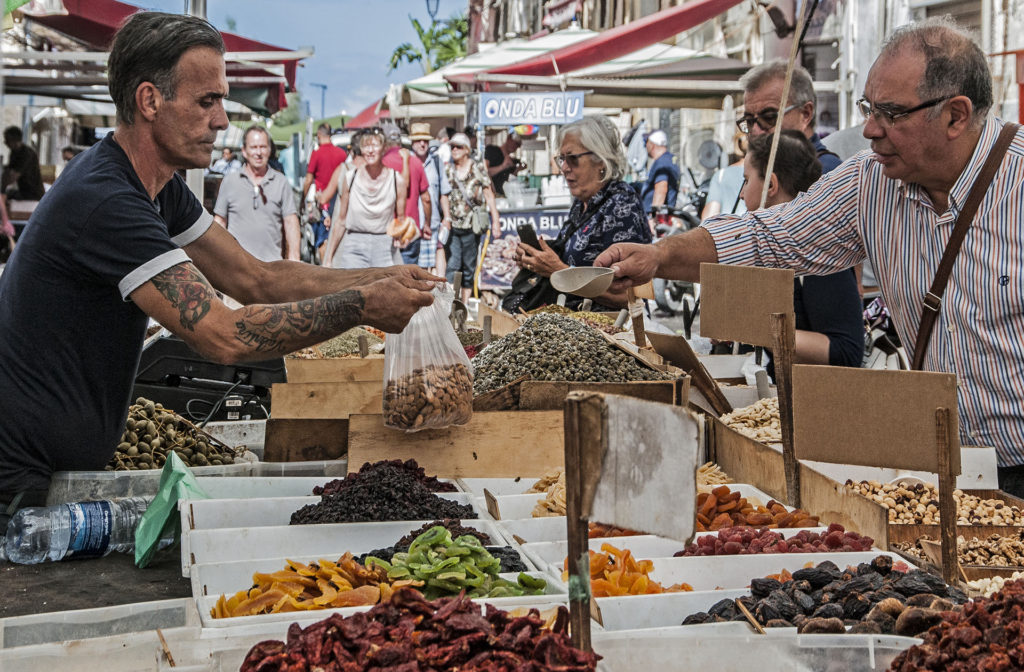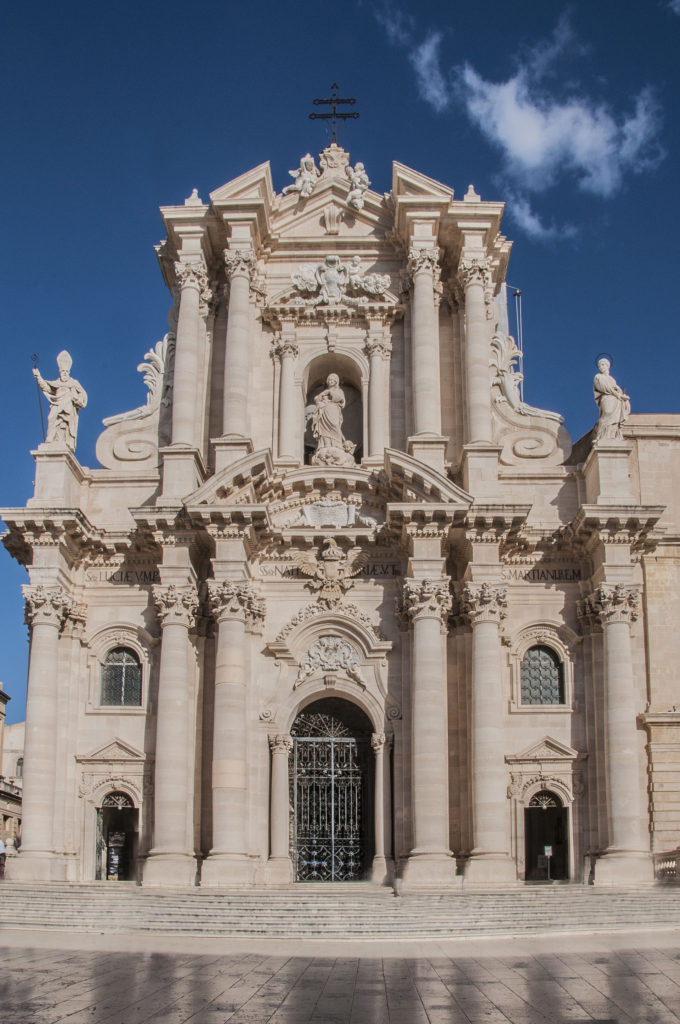When St. Lucy is celebrated, a table in Syracuse is not complete without the cuccia: a typical Sicilian dessert made with boiled wheat and sheep’s milk ricotta or white or chocolate cream. These ingredients are combined with candied fruit, cinnamon, chocolate chips and grated orange rind. Today made up of a rich filling, this dish was originally a much poorer food, the only thing eaten on a day of fasting as a sign of devotion to the saint.
These ingredients are combined with candied fruit, cinnamon, chocolate chips and grated orange rind. Today made up of a rich filling, this dish was originally a much poorer food, the only thing eaten on a day of fasting as a sign of devotion to the saint.
One of the instruments of ancient Sicilian shepherds, the “marranzanu”, or mouth harp, was used to accompany the flute.
In Sicily, the term marranzanu is used to refer to night crickets.
Therefore, it’s likely that the instrument was named using onomatopoeia because of its sound and monotone hum. A lyre-shaped iron instrument, the mouth harp accompanied popular songs and dances, like a low background note.
It was common belief that the sound of a silver mouth harp, if heard by a pregnant women, had the power to make her miscarry.
On the eastern coast of Sicily is the historic food market of Ortygia, a charming yet nostalgic place. Like a full-fledged Arab souk, it is the classic representation of a Sicilian food market: vendors shouting in dialect inviting people to buy, frenetic gesticulating and above all, a riot of smells. The stalls emanate all kinds of perfumes: aromatic herbs, tomatoes, blood oranges, deep purple aubergines, red hot peppers and lemons. The strongest smell is fresh fish.
The stalls emanate all kinds of perfumes: aromatic herbs, tomatoes, blood oranges, deep purple aubergines, red hot peppers and lemons. The strongest smell is fresh fish.
The market is full of vendors of seafood, cured roe and fish of all kinds.
While they walk, visitors will likely feel observed by the rows of delicious swordfish.
In the extreme exuberance of its shapes and the richness of its decorations, the façade of the Cathedral of Syracuse offers itself up as a poem of curves and volutes. Its dramatic architectural style is dominated by playfulness and the fluidity of lines, and produces the typical feeling of the “joie de vivre”.  The façade appears to be moved by a complex geometry in the alternation of concave and convex elements that enhance the scenographic effects and chiaroscuro motifs. The façade is enriched by columns detached from the wall, which emphasise the central part of the façade and create “superb” games of light and shadow.
The façade appears to be moved by a complex geometry in the alternation of concave and convex elements that enhance the scenographic effects and chiaroscuro motifs. The façade is enriched by columns detached from the wall, which emphasise the central part of the façade and create “superb” games of light and shadow.